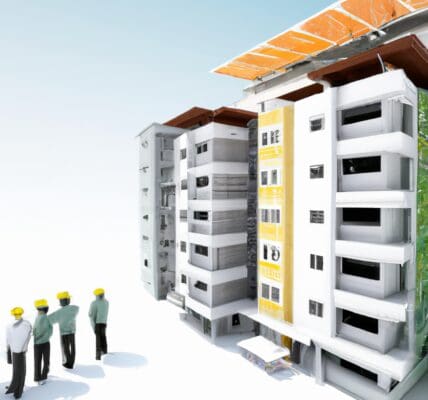In the current retail landscape, speed is no longer just an operational component; it is a key differentiator in consumer preference and brand loyalty. More than a quarter of the leading retailers in the Digital Commerce 360 Top 1000 are now offering same-day delivery. The trend doesn’t stop there; more than half have also implemented next-day arrival options for online purchases. These numbers are particularly noteworthy given the rapidly growing interest in quick delivery options among smaller retailers within this elite group.
The importance of quick delivery cannot be overstated. It has become a crucial factor influencing purchasing decisions, especially among online shoppers. A study by McKinsey & Company highlighted that 25% of consumers are willing to pay a premium for faster delivery. This indicates that convenience is a powerful incentive, driving retailers to enhance their logistics capabilities.
The Growing Competition Among Smaller Retailers
Surprisingly, while large retailers have established frameworks for rapid delivery, smaller retailers are catching up at an impressive pace. According to the latest findings, smaller retailers in the Top 1000 are increasing their quick delivery options faster than their larger counterparts. This is a distinct shift that underscores a competitive spirit within the retail sector.
For example, consider brands like Glossier and Warby Parker. These smaller, digitally native companies have leveraged technology to streamline their supply chains and enhance customer experiences. They offer features like same-day delivery options in metropolitan areas, which greatly appeal to their urban customer bases. This approach not only meets consumer expectations but also fosters a sense of loyalty among customers who appreciate the speed and convenience.
Impact on Consumer Behavior
Quick delivery options have significantly altered consumer expectations. Shoppers now anticipate not only speed but also reliability. According to the same McKinsey study, 58% of consumers are less likely to repurchase from a retailer that fails to deliver within the promised time frame. Retailers, therefore, find themselves in a continuous race not only to meet but to exceed delivery expectations.
The surge in e-commerce has also led to an increase in return rates, with fast delivery accompanying high expectations for returns. Retailers must balance prompt delivery with effective return processes. Companies like Amazon have set the bar high, largely influencing the benchmark for what constitutes satisfactory service in the minds of consumers.
The Logistics Backbone of Quick Delivery
While the demand for quick delivery is increasing, it comes with its own set of challenges, especially concerning logistics. Efficient supply chain management, inventory handling, and last-mile delivery strategies play an integral role in successfully implementing quick delivery services.
Retailers have turned to technologies such as artificial intelligence and machine learning to optimize inventory management. By accurately predicting consumer demand, retailers can ensure that products are where they need to be when they need to be there. Furthermore, partnerships with third-party logistics (3PL) providers can enhance delivery capabilities, allowing smaller retailers to offer competitive delivery terms without heavily investing in their own logistics infrastructure.
#
Sustainability Considerations
As the demand for quick delivery rises, so too does the concern for sustainability. Consumers are increasingly aware of the environmental impact of rapid shipping methods. A survey conducted by Deloitte revealed that 60% of consumers consider sustainability to be an important factor when they make purchasing decisions.
Retailers must navigate this tricky landscape carefully. Implementing eco-friendly shipping options, such as consolidated deliveries and green packaging, can appeal to environmentally conscious consumers while still meeting the demand for speed. A noteworthy example is IKEA, which has committed to making its deliveries more sustainable by transitioning to electric vehicles in urban areas.
Conclusion
The rapid advancement of quick delivery options is reshaping the retail landscape. As both large and smaller retailers prioritize speed, consumer behavior is changing, leading to new expectations and shopping habits. The capacity to deliver quickly and reliably has evolved from a luxury to a necessity, compelling retailers to rethink their logistics strategies and invest appropriately.
In a competitive market, understanding the dynamics of quick delivery can provide a significant advantage. As customers increasingly value speed alongside sustainability, the future of retail will likely hinge on those who can balance these two priorities effectively.
Retailers who adapt to these evolving consumer demands will not only boost their sales but will also cultivate lasting relationships with their customers, solidifying their positions in the market.












